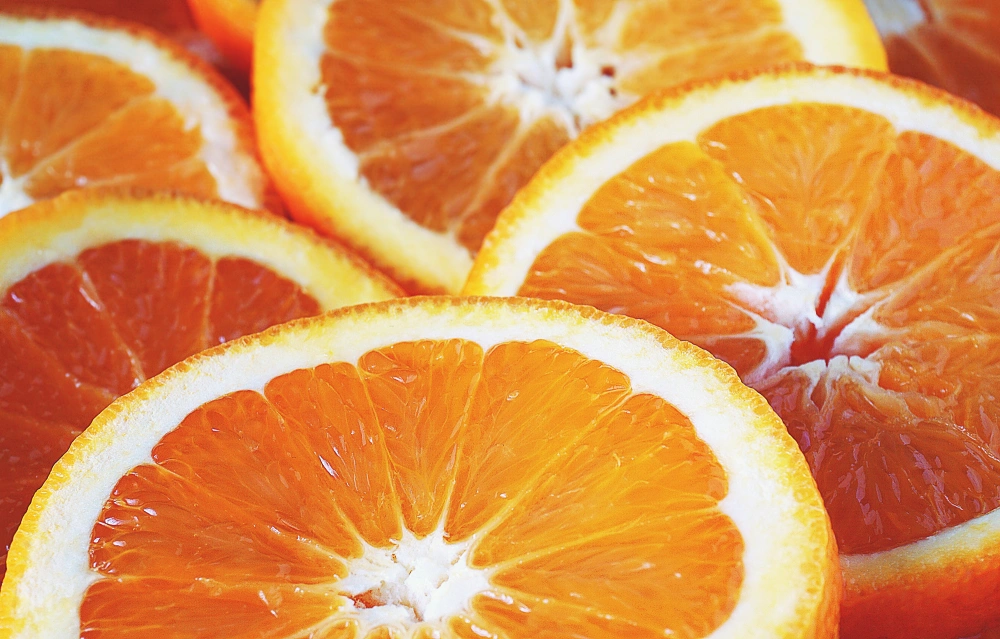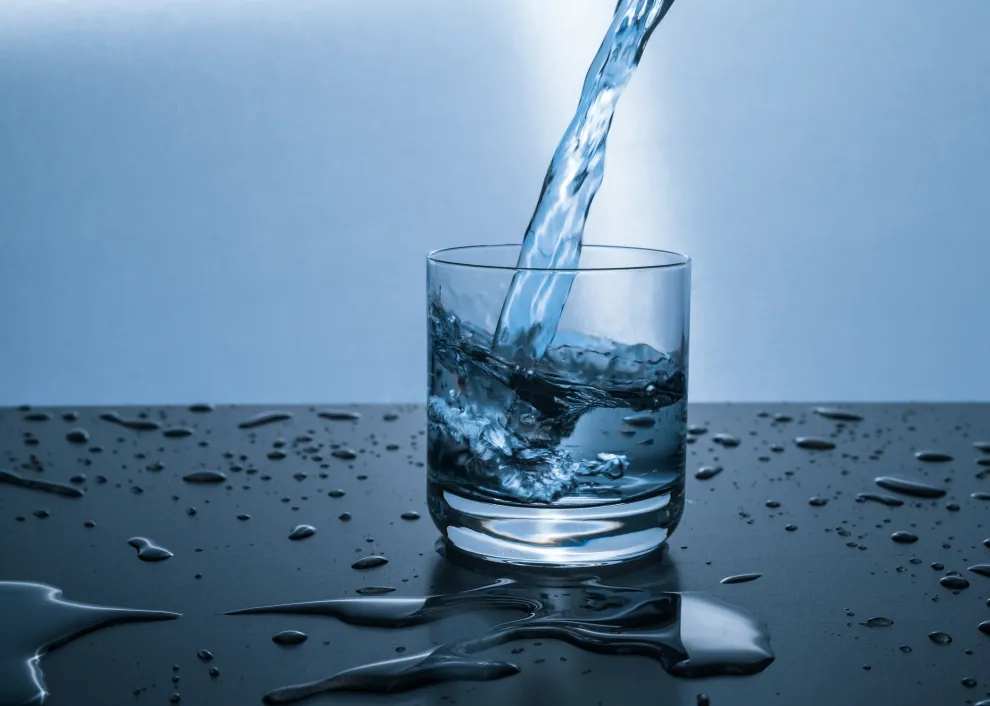Matt Dodge, Executive Chef at Loveday Chelsea Court Place shares his insight into promoting hydration with the elderly in a home or care home environment:
Staying hydrated is vital to health and wellbeing, it helps the immune system, aids concentration and mental focus and is also imperative in helping to reduce the risk of illness. It can be harder to stay hydrated as we get older as the water content in our bodies decreases, along with our thirst. Older people are more vulnerable to dehydration, partly because age changes result in a reduced sensation of thirst. Our kidneys assist with fluid regulation but their function deteriorates as we age, which means the body’s normal response to dehydration may be impaired.
Hydration is commonly something most care homes struggle to achieve in all residents, especially when caring for people diagnosed with dementia, as they may not be able to remember when they had their last drink or even be able to recognise when they are thirsty or dehydrated. Here are some tips we have found work really well at Loveday and can be easily replicated in any home or care home environment:
Visual and Verbal Prompts
- This sounds obvious but it can be as simple as asking repeatedly throughout the day if they would like a hot or cold beverage.
- Visual prompts in cafe or dining areas of the care home, e.g. a stylish sign that says “Are you thirsty?”.
- Well-presented hydration station offering flavoured waters, provided with jugs and glasses for easy access, situated within main communal areas.
Snack Time
- Outside main meal times ensure fruits with high water content as offered, such as pineapple, melon and oranges, all of which can help boost hydration.
- “Fancy a slice of cake or scone?”, serve these with a cup of herbal or flavoured tea to keep up regular fluid intake.
Star ingredients with high water content to help improve hydration include:
- Tomatoes
- Cucumber
- Spinach
- Broccoli
- Brussel sprouts
- Mushrooms
- Apples
- Oranges
- Pineapple
- Courgettes
- Melon
- Berries
- Peaches
Ingredients to reduce/eliminate in order to maintain or achieve good hydration levels:
- Sugar
- Salt – very dehydrating
- Alcohol
- Coffee/ High caffeine
- Asparagus
- High protein
- Complex carbohydrates

Winning dishes
- Stews and casseroles filled with nutritious vegetables using herbs and spices to flavour – mind the salty stock!!)
- Fruit and vegetable smoothies
- Vegetable soups and broths
- Fresh salad with seasonal ingredients
Recording information
For those with health issues or at risk of dehydration, it’s important to keep a record of what each individual’s food and fluid consumption is throughout the day, even down to the last millilitre if possible. This will help identify those at potential risk of dehydration and UTI’s.
By following a few of these basic practices routinely and remembering to be consistent, hydration will be given a boost.
Look out for possible signs of dehydration:
- Skin that won’t bounce back – the skin is the bodies largest organ and is one of the first things to show signs of dehydration. To test for dehydration, gently lift the skin on the back of the individual’s hand and hold it for a few seconds before letting it go. If it doesn’t bounce back within seconds, it’s a sign of dehydration.
- Confusion – The individual may seem confused or even disorientated if they are dehydrated and may also suffer with balance, walking and dizziness
- Trouble going to the toilet – if the individual isn’t urinating as much as usual, this is a telltale sign of dehydration. It’s important to monitor toilet movements and observe the colour of the urine, which should be pale.
If you are concerned about the health of anybody in your care, it’s important to seek medical attention at the earliest opportunity. Catching dehydration at the early stages is really important and can have a huge impact on health outcomes. Prevention is always better than cure so keep on drinking!




